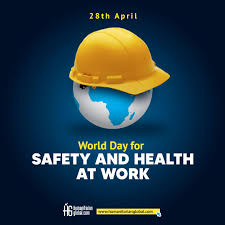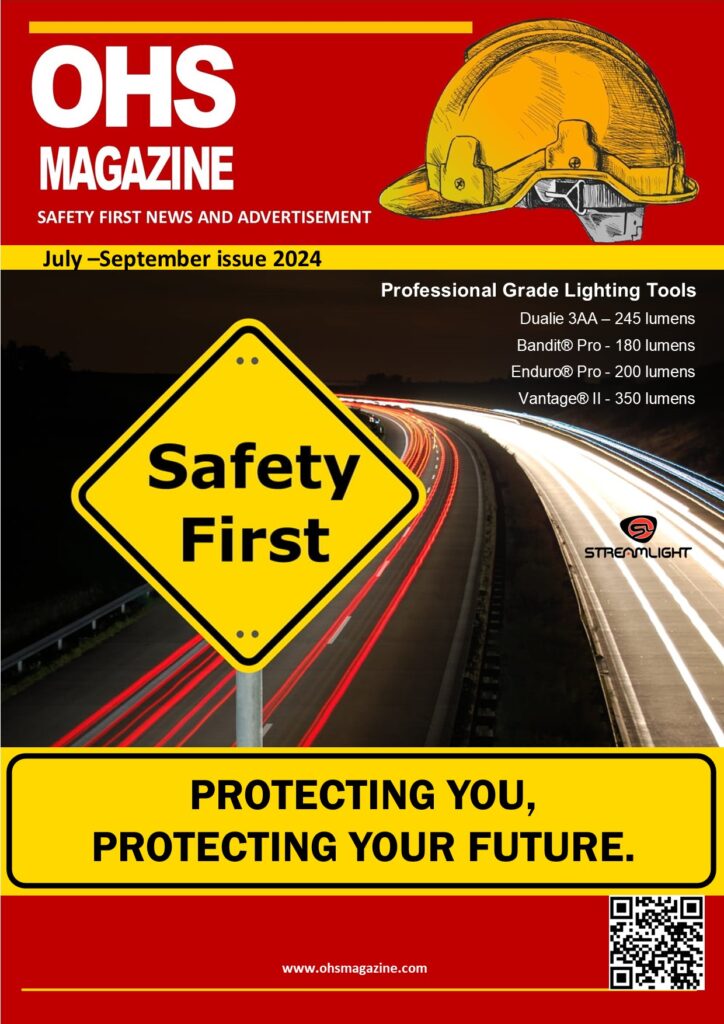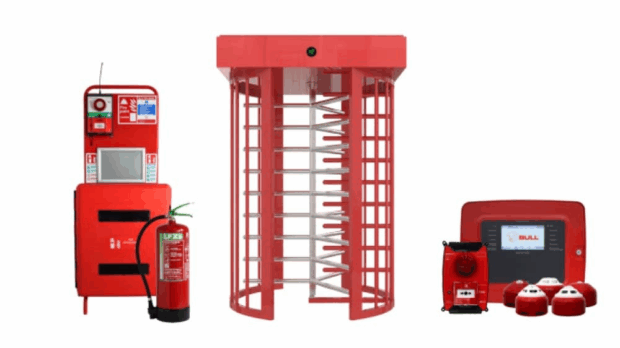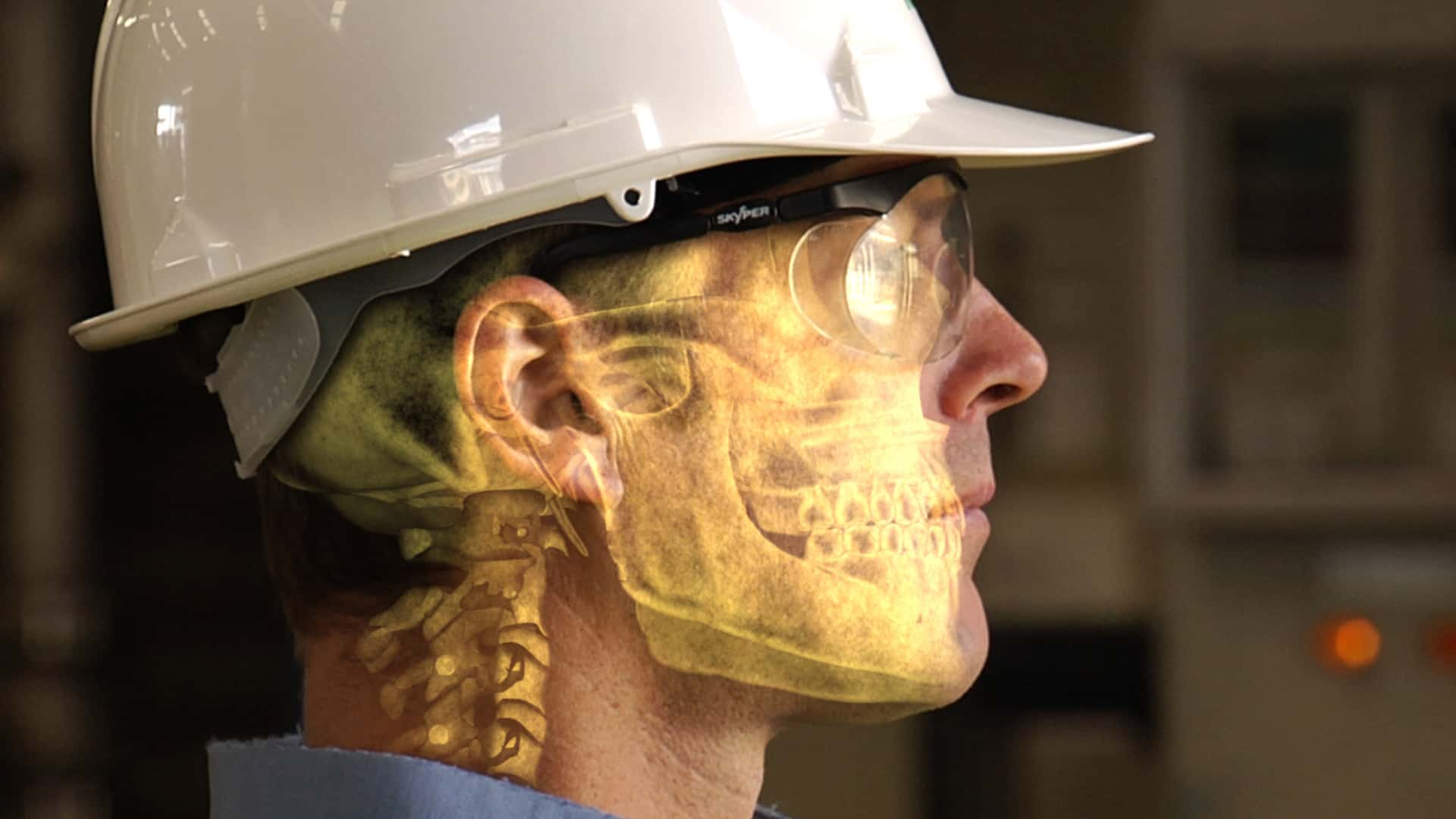How Climate Change is Shaping the Future of Occupational Health and Safety. As climate change accelerates, its impacts are being felt far beyond melting glaciers and rising sea levels. One of the more underrecognized consequences is the growing threat it poses to occupational health and safety (OHS). Workers in outdoor, industrial, and even some indoor environments are increasingly vulnerable to the effects of extreme heat, poor air quality, and unpredictable weather patterns. These evolving challenges demand a fundamental rethinking of how we protect workers in a changing world.
1. Rising Heat: A New Workplace Hazard
Heat stress is becoming one of the most urgent occupational hazards due to climate change. Prolonged exposure to high temperatures can lead to serious health issues such as dehydration, heat exhaustion, and heat stroke. For labor-intensive industries like agriculture, construction, mining, and manufacturing, this is especially concerning.
Data-driven risks: According to the International Labour Organization (ILO), it’s estimated that by 2030, over 2% of total working hours worldwide will be lost annually due to heat stress—equivalent to 80 million full-time jobs.
Geographic hotspots: Regions already prone to high temperatures, such as South Asia, the Middle East, and parts of the southern U.S., are expected to bear the brunt of this impact.
Policy implications: There is growing pressure to develop heat safety regulations, such as mandatory rest breaks, hydration protocols, and early-shift scheduling to avoid peak temperatures.
2. Air Quality Deterioration: Breathing Becomes Riskier
Air pollution is no longer just an environmental concern; it’s a pressing workplace hazard. Climate change is contributing to increased wildfires, ozone levels, and dust storms, all of which degrade air quality.
Occupational exposure: Workers in logistics, agriculture, firefighting, and waste management are particularly exposed. Inhaling pollutants like particulate matter (PM2.5), ozone, and smoke can lead to chronic respiratory diseases, cardiovascular problems, and even cancer.
Indoor impact: Poor air quality also affects indoor environments, especially in buildings without proper ventilation or air purification systems. This includes schools, warehouses, and some office settings.
Employer responsibility: More organizations are being urged to monitor air quality indices (AQI) and issue protective gear such as masks or respirators, as well as improve HVAC systems.
3. Extreme Weather Events: Disruptions and Dangers
Climate change has increased the frequency and intensity of extreme weather events such as hurricanes, floods, wildfires, and severe storms. These pose direct and indirect risks to workers.
Physical risk: Workers face immediate threats like falling debris, electric shock, or drowning. Emergency response teams, utility workers, and construction crews are at heightened risk during such events.
Mental health toll: Chronic stress, PTSD, and anxiety are becoming more prevalent among workers exposed to climate-related disasters, especially first responders.
Infrastructure strain: Facilities damaged by storms or floods can lead to unsafe working conditions, delayed emergency responses, and supply chain breakdowns.
4. Vulnerable Worker Populations
Not all workers are equally affected. Climate-related occupational hazards disproportionately impact:
Low-income and migrant workers, who may lack access to adequate protective gear or health care.
Outdoor laborers, such as farmworkers, who have limited legal protections in many regions.
Gig and contract workers, who may fall outside traditional OHS regulations.
This imbalance underscores the need for inclusive, equitable workplace safety policies.
5. Evolving Guidelines and Future Policy Needs
Governments and employers must adapt regulatory frameworks to meet the growing threat climate change poses to worker safety.
Innovation and technology: Wearable sensors to monitor body temperature, AI-driven predictive risk models, and climate-responsive PPE are entering the market.
Climate-informed OHS planning: Integrating climate projections into occupational risk assessments is becoming a best practice.
Global cooperation: International bodies like the World Health Organization (WHO) and ILO are working toward climate-resilient labor standards.
Conclusion: A Call to Action
As the planet warms, protecting the health and safety of the workforce must become a priority in climate adaptation strategies. The traditional OHS model—focused on static environmental conditions—must evolve into a dynamic, climate-aware system. By investing in research, regulation, and real-time response tools, we can better safeguard workers today and build a more resilient workforce for tomorrow.








